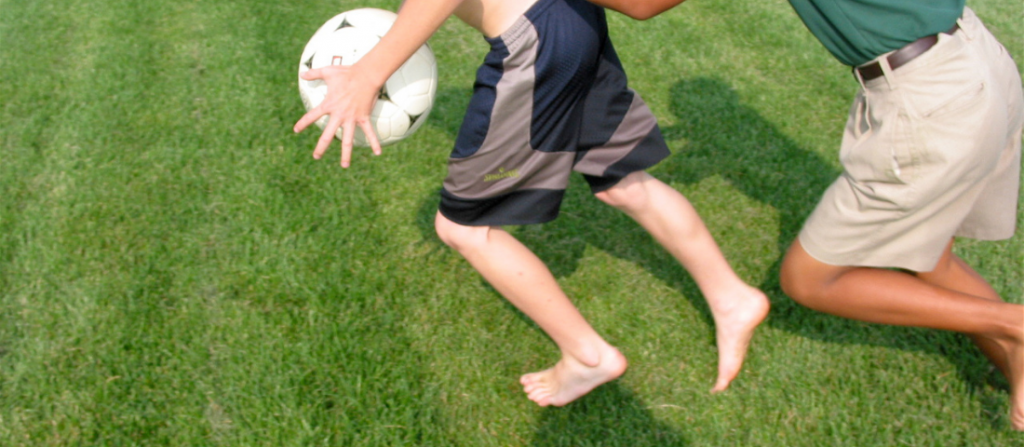Guided Discovery Fits Development of Kids
I can remember taking a PE Theory class in college and the concept of Guided Discovery was taught. It is one concept that impacted my teaching and coaching more than any other.
If you watch youngsters play, you will see they are in a constant state of discovering something new. Something new about themselves, their friends, the way they are playing, what makes them feel good, what makes them feel bad, what is boring, what is exciting, and what matters to them. Much of this determines if they will do “it”, whatever it is that they were doing, again or not.
Kids will work real hard at something if they like it or if the challenge intrigues them enough. If it is something they don’t like, then they will move on.
We need to take this into consideration when coaching young kids. We need to tap into their natural state of curiosity, play, and competition and with a light touch give them what they need. The problem is what these youngsters need isn’t always what they want. Now we enter in Guided Discovery Methodology.
If you know kids need something to be more successful and safe, but you know they most likely wouldn’t take to it on their own, simply guide them down the path but allow lots of room to explore and fill their curiosity buckets along the way.
An example of this would be to suggest boundaries for a game. This way they are safe. Make sure they choose the rules and teams. If the kids struggle picking fair teams suggest matching up by size or age and let them do the rest. Simply guide them.
Guided Discovery works very well in athletic development. Because most movement is natural, I will give very little instruction at the beginning but rather give exercises that automatically drive the pattern and posture I want. For example, young kids don’t like to stay low when performing a lateral shuffle. If I tell them to shuffle while rolling a basketball or medicine ball along with them by using their hands to keep the ball moving as they shuffle, then they will stay low automatically.
Real authentic Guided Discovery is when I give three minutes of total free time to do any activity. I stay out of it other then to keep safety a priority. The only other way I am involved would to possible guide the kids through suggestions, but they take over total rule. In my experience, youngsters almost always choose a game, like Z-ball Wall Ball. They set the rules and play. What they don’t know is this is my best assessment time of how they are improving in areas of tactical decision making, reactive quickness, body control, and athletic posture. The funny part is, I hear them giving their peers instruction on how they are suppose to move. They are teaching each other, which is music to my ears!
It might not be a bad approach to add a little guided discovery to you sessions or practice next time and tap into what is innate in all kids…PLAY!

